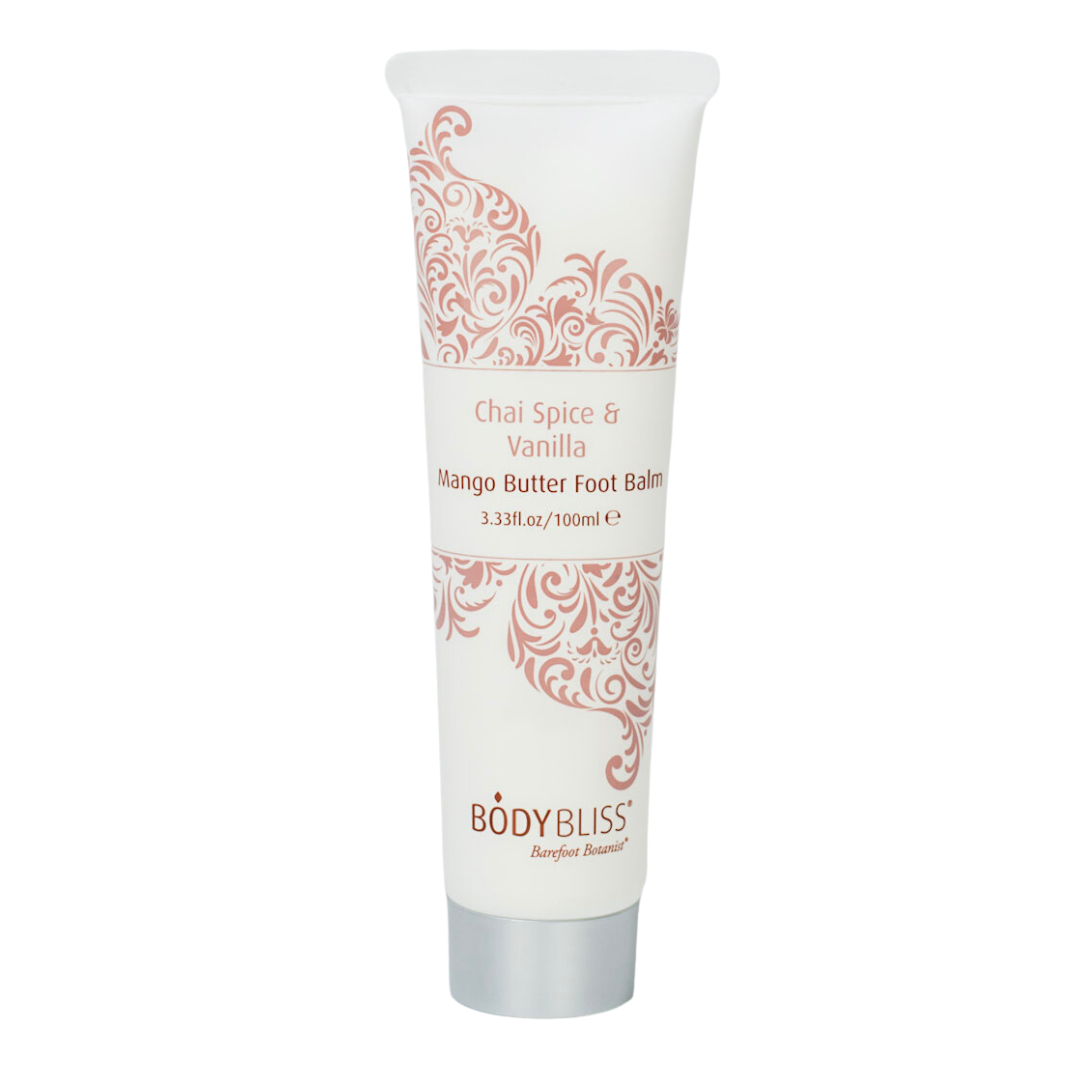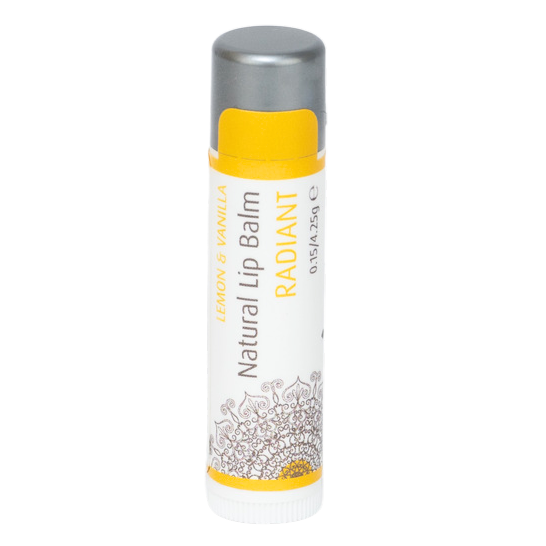Essential Oil of the Month: Vanilla
Vanilla: (Vanilla planifolia)
“When the moon muses to the melody of memories, roaming wisps of vanilla gently flow through space and time.” Ink Empress
Luxuriously sweet, soft, and enticing…Vanilla - the world’s most well-loved scent promotes feelings of happiness, calm comfort and sumptuous sensuality.
Anything but plain, the alluring scent of Vanilla tends to trigger joyful memories, often from childhood – like fresh baked cookies - which can elevate the mood and promote a general sense of cozy well-being. The rich, velvety sweetness of Vanilla evokes a profound sense of luxury that many find titillating.
Creamy, dreamy and tantalizing, the scent of Vanilla may evoke feelings of peace and contentment, as well as being considered an aphrodisiac. Such associations are captured in an old Totonac legend in which the daughter of the Mexican fertility goddess, Xanat, overcome with love for a handsome Totonac youth, transformed herself into an orchid, specifically the Vanilla orchid, wishing to bring happiness and pleasure to her mortal beloved and all of humanity. It is also said that she chose the deliciously scented Vanilla orchid so that she could spend her life on Earth with her beloved, each year giving birth to a sweet-scented fruit, so as to remind Men that Love is sweet.


Vanilla is extracted from the bean or pod of the wild Vanilla orchid plant of the Orchidaceae family after the bloom drops away. It takes approximately 4-5 years after planting for the Vanilla plant to set its first blossoms and it takes 600 hand-pollinated blossoms to produce only 1 kilo of cured vanilla pods. Vanilla flowers are pollinated (again, by hand!) between November and January and continue to grow for six months until the June or July harvest when the still-green pods are hand-picked and sorted by maturity. The pods are then blanched in hot water, alternately laid out in the sun by day and then ‘sweated’ by night, a labor-intensive process that can take up to six months and requires careful scrutiny. Shortening this lengthy process leads to a poorer, but less costly product. No wonder synthetic vanillin is widely used as an inferior replacement for true vanilla!
History of Vanilla
The vanilla plant originated in Mexican lands before it spread throughout the tropics of Indonesia and Madagascar, the latter of which are currently the world’s largest cultivators of Vanilla. The Totonac people of modern-day Veracruz, Mexico were the first people believed to have cultivated Vanilla, with the Aztecs acquiring the spice after conquering the Totonacs in the 15th century. It was said that it was at the Totonacs people during the era of ancient Aztec were the first to cultivate Vanilla in the mountains of Mexico. They called it the black flower and used its flavor in drinks. Like their predecessors, the Aztecs were said to have incorporated vanilla in the historical precursor to hot chocolate, known at the time as xocolatl.
During the 16th century, Spanish explorers arrived on the Gulf Coast of Mexico and gave it its current name vaina, or vanilla in English, meaning “little pod.” After the Spanish conquest of the Aztec empire Vanilla made its way to Europe. There it was cherished as a flavor in its own right. It is said that Queen Elizabeth I used it as a perfume and craved vanilla-flavored desserts. Attempts were made to cultivate the plant in the botanical gardens of England and France; however, these attempts were unsuccessful. Initially and sadly, the vines would grow and produce flowers, but no pods, for this orchid could only be pollinated by the Melipona bee indigenous to Mexico, and occasionally by hummingbirds.
Shortly after this discovery, in 1841 an enslaved boy by the name of Edmond Albius, who lived on the French island of Réunion (once known as the Île Bourbon), developed a revolutionary method of hand-pollination for Vanilla plants. This technique quickly spread to Madagascar and other surrounding islands, eventually making its way back to Mexico – where cultivation was centered at the time – and is still in use today, with almost all commercially produced Vanilla being pollinated by hand. With the advent of Albius' method, the cultivation of Vanilla began to proliferate. Since the plants must be hand-pollinated or there can be no vanilla bean, his hand pollination method continues to be used even today.
Today Madagascar supplies up to 70% of the world's Vanilla. In addition to Madagascar's specialty, Bourbon Vanilla, which has a sweet, rum-like profile, some popular commercial varieties also include Tahitian Vanilla, which is known for its fresh floral notes, Indonesian Vanilla, which has a smoky profile, and the classic Mexican Vanilla, which is known for its spicy and woody notes.
Extract vs. CO2
Because vanilla extract is made by separating the vanilla flavor from the bean with alcohol, it is very different from an essential oil and should not be used in the same way. Vanilla extract is great for baking, but not for personal care products. Vanilla extract is not steam distilled, expeller pressed, or cold pressed as is a true essential oil; therefore, there is no such thing as Vanilla pure essential oil. Vanilla CO2 is achieved by supercritical CO2 extraction, often referred to as Vanilla Bourbon, and roughly 200 times stronger than Vanilla extract used in cooking. Vanilla extract used for flavoring contains approximately 2% Vanillin (one of the up to 250 chemical compounds that make up the flavor we know and love as vanilla), whereas Vanilla Co2 Total Extract used in aromatherapy may contain as much as 26% vanillin, the highest concentration of vanillin commercially available.

In aromatherapy and body care products, Vanilla CO2 can be useful for:
Skin care
Promotes feelings of sweet, cozy comfort
May help with focus
Aphrodisiac properties
Vanilla in Skincare
Used in skincare, Vanilla oil is known for its nourishing qualities such as vitamin B and a rich concentration of antioxidants to promote a rejuvenated appearance. It can promote healthy, nourished skin and prevent the appearance of wrinkles, age spots, and fine lines. Vanilla is also known to be a mild essence with a soothing touch for the skin, further enhancing its associations with comfort and care.
Spiritual/Magical
Spiritual/Magical
Vanilla is associated with water and Venus, the goddess of love and beauty, making it a common ingredient in love potions and aphrodisiac concoctions and is said to be useful for soothing, calming, personal empowerment, good luck, and love rituals. It is said to increase spiritual and physical energy, intuition, vitality, and love.
The moment Vanilla hit European shores its magical properties didn’t go unnoticed. Alchemists were among the first to include Vanilla in their repertoire, where it was often employed in various spells, charms, and potions. The belief was that Vanilla’s warm aroma could catalyze transformational processes, both literally in alchemical experiments and metaphorically in personal development and spiritual growth.

Its use wasn’t confined to just solitary alchemists but was integrated into broader spiritual traditions as well. Many medieval grimoires contain recipes for charms and spells that call for Vanilla, highlighting its popularity among European magicians and witches of the time.
Vanilla is often used in spiritual rituals and ceremonies to enhance spiritual connections and facilitate communication with higher realms. Its fragrance is believed to elevate the consciousness and open the doors to spiritual insights and wisdom.
How to use Vanilla CO2
Vanilla’s thick nature tends to clog diffusers, so it is best used in product. It is deliciously luxurious and creamy in a body lotion. It will leave your skin soft, smooth and irresistibly silky. I love it in a lip balm to nourish lips and leave them with its delicious scent.
PRECAUTIONS: For external use only. May cause skin sensitivity – a skin patch test is recommended before using. Do not use this oil with children under the age of 2.














